The Step-by-Step Blueprint to Dominating LinkedIn Groups
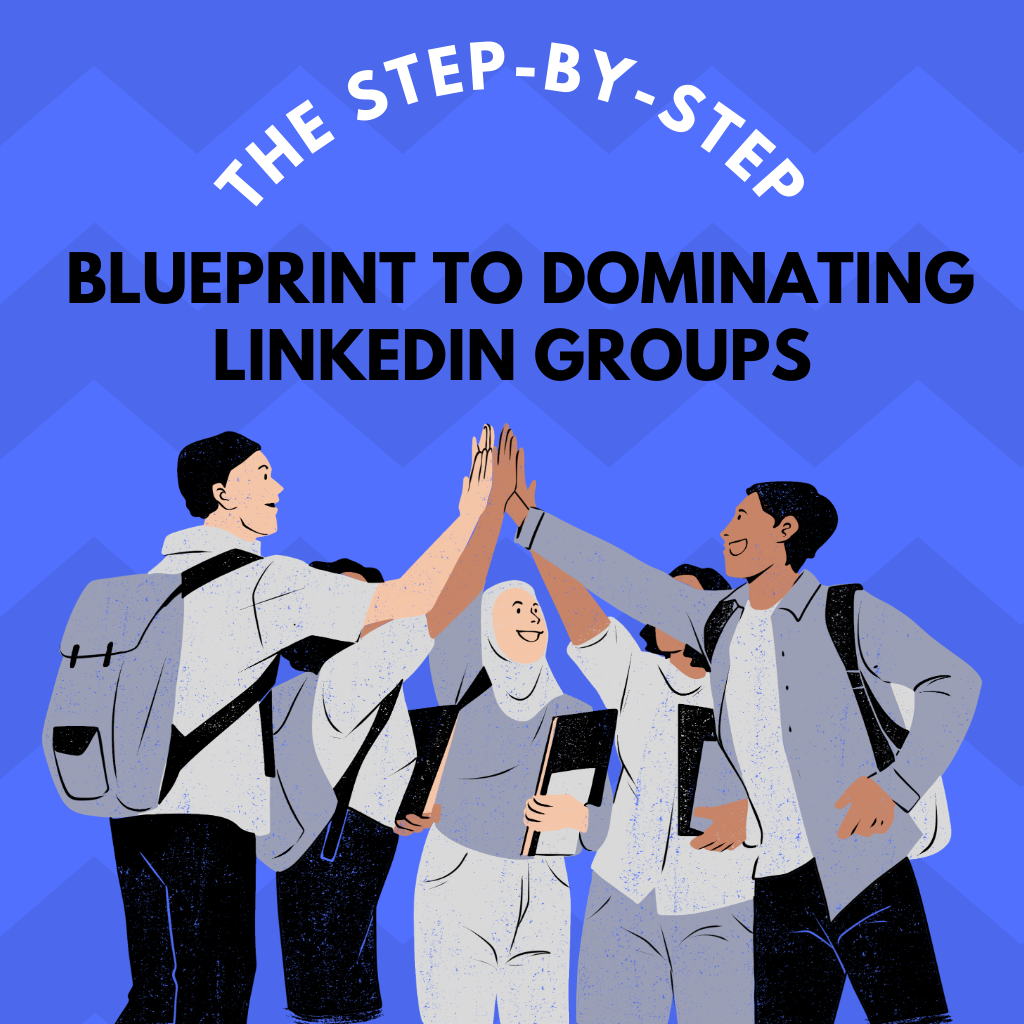
Imagine this: You’re scrolling through LinkedIn, sipping your morning coffee, and a thought strikes you.
How do some professionals seem to dominate their niche?
Their posts get thousands of reactions, their profiles are visited by hundreds weekly, and their inboxes are flooded with collaboration requests.
What’s their secret?
Many of them have tapped into the untapped goldmine of LinkedIn Groups — a treasure trove for building authority, generating leads, and making lasting connections.
If you’ve been sleeping on LinkedIn Groups, it’s time to wake up.
This guide will walk you through how to leverage LinkedIn Groups to establish yourself as an industry authority, step by actionable step.
Understanding the Value of LinkedIn Groups
LinkedIn Groups are virtual communities where professionals in the same industry or with similar interests come together to share insights, ask questions, and network.
Think of them as niche conferences that run 24/7 online.
Why Are LinkedIn Groups So Powerful?
- Visibility: Active participation gets you noticed by peers and potential clients.
- Credibility: Sharing insights and helping others boosts your reputation as a thought leader.
- Networking: Groups attract a concentrated audience of like-minded professionals.
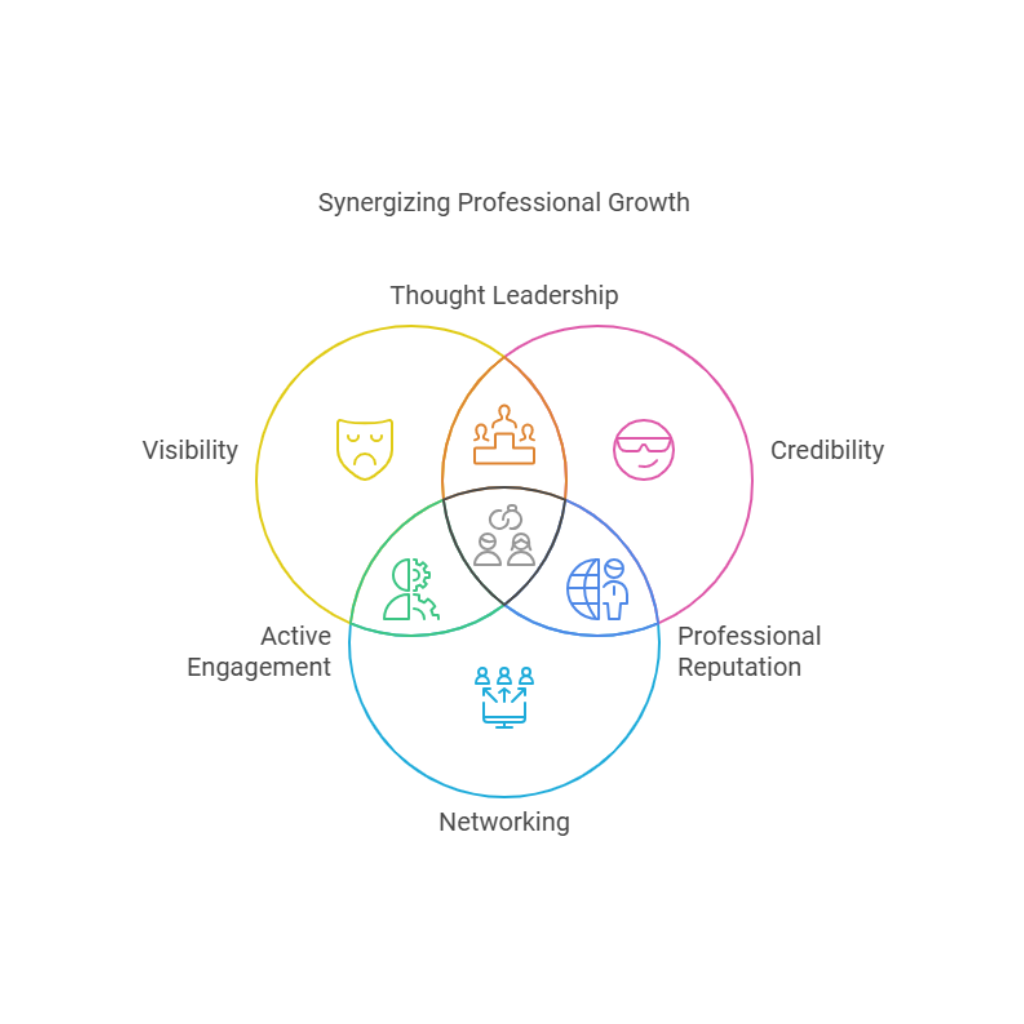
For more tailored strategies on making the most of LinkedIn, check out our LinkedIn services.
Key Stats to Keep in Mind:
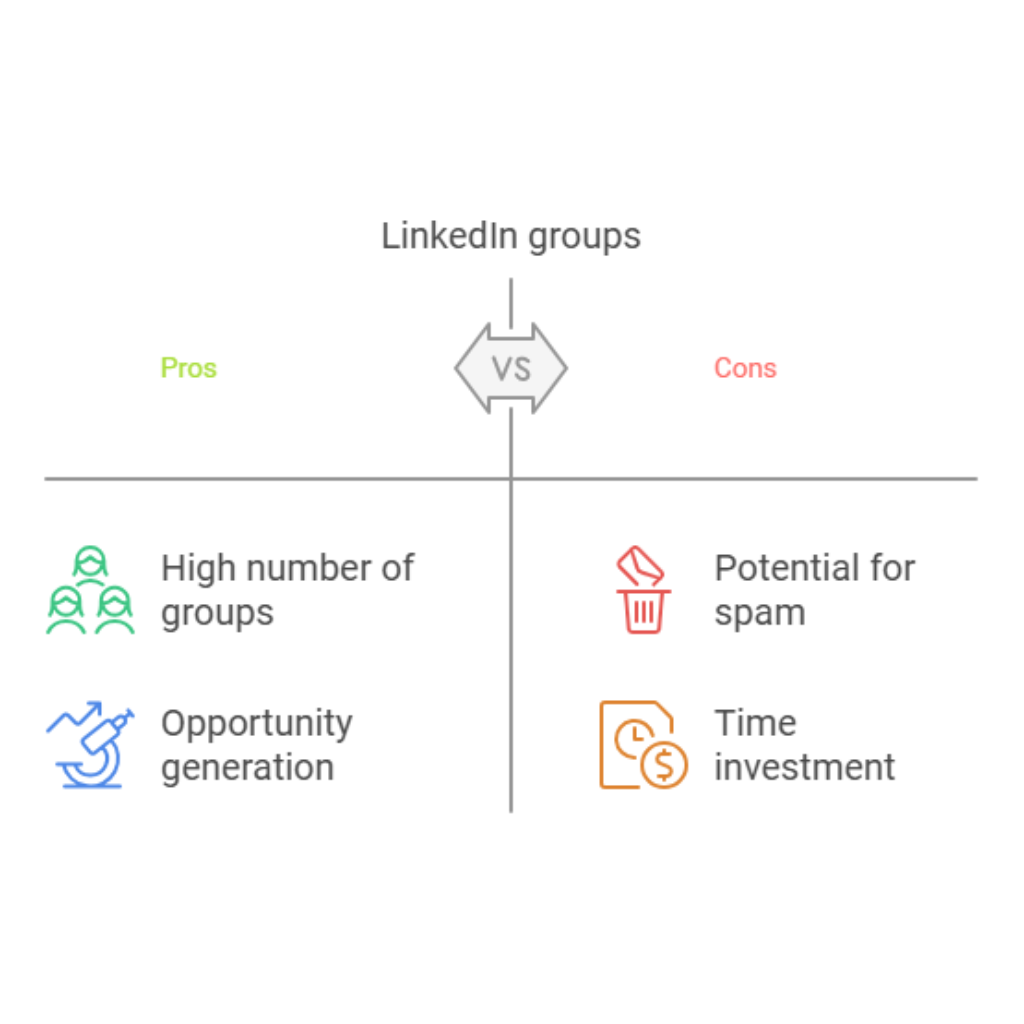
- LinkedIn reports that more than 2.9 million groups exist on the platform.
- Active LinkedIn users are 20% more likely to generate opportunities through groups than non-active users.
LinkedIn Groups aren’t just another social media feature — they’re a strategic tool. Now, let’s dive into how to make them work for you.
Step 1: Joining the Right Groups
Your journey starts with finding groups that align with your niche and goals. Joining the wrong group is like showing up to a tech conference when you’re in real estate — a total mismatch.
How to Identify the Best Groups:
- Search Smart: Use LinkedIn’s search bar with niche-specific keywords like “B2B Marketing Strategies” or “Freelance Writing Experts.”
- Evaluate Activity: Check the group’s activity level. Avoid groups with fewer than two posts per week.
- Assess Engagement: Join groups where members actively comment, share, and engage rather than spam promotional links.
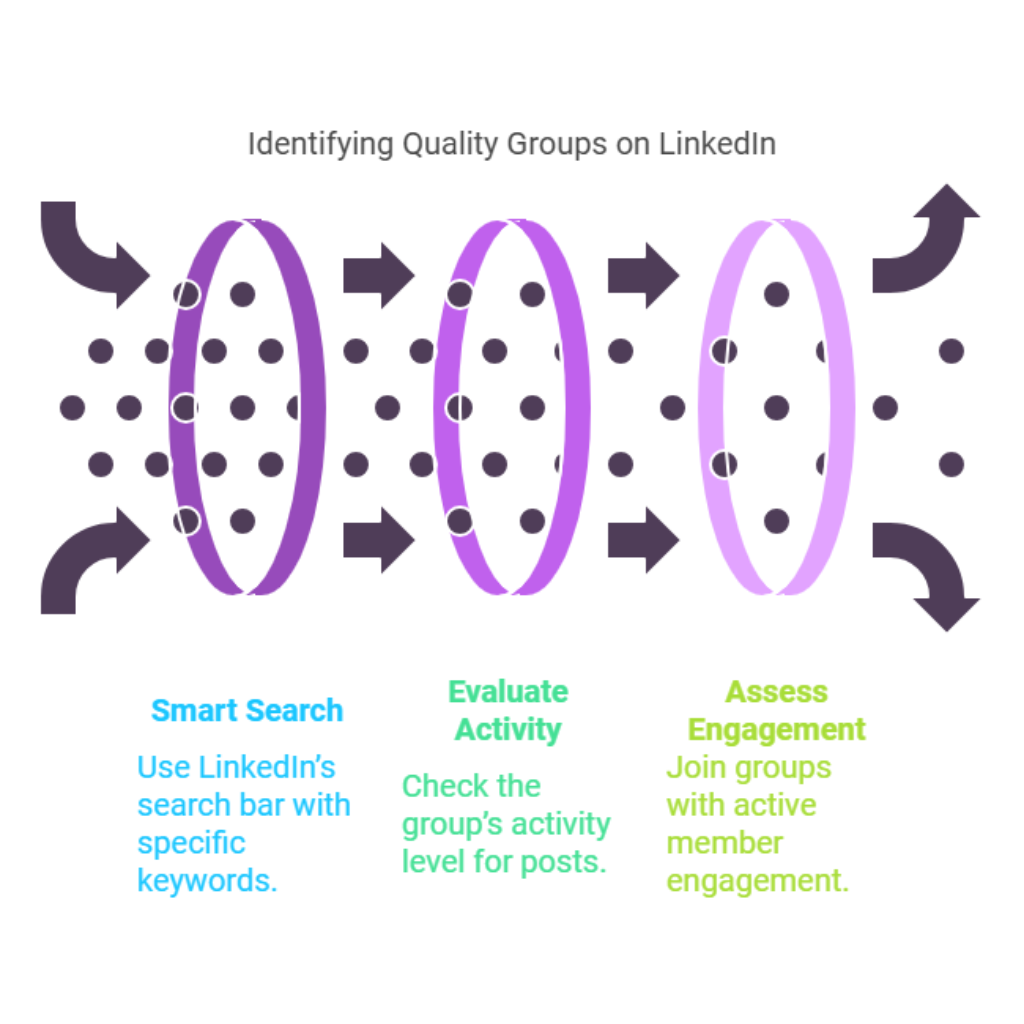
Dos and Don’ts When Joining:
- Do: Introduce yourself with a thoughtful post. Share what you do and why you joined.
- Don’t: Start selling your services right away. That’s the quickest way to be ignored (or worse, booted).
Step 2: Becoming a Valued Participant
Once you’ve joined the right groups, it’s time to make your mark. The goal here is to become the go-to person for your expertise.
Strategies for Providing Value:
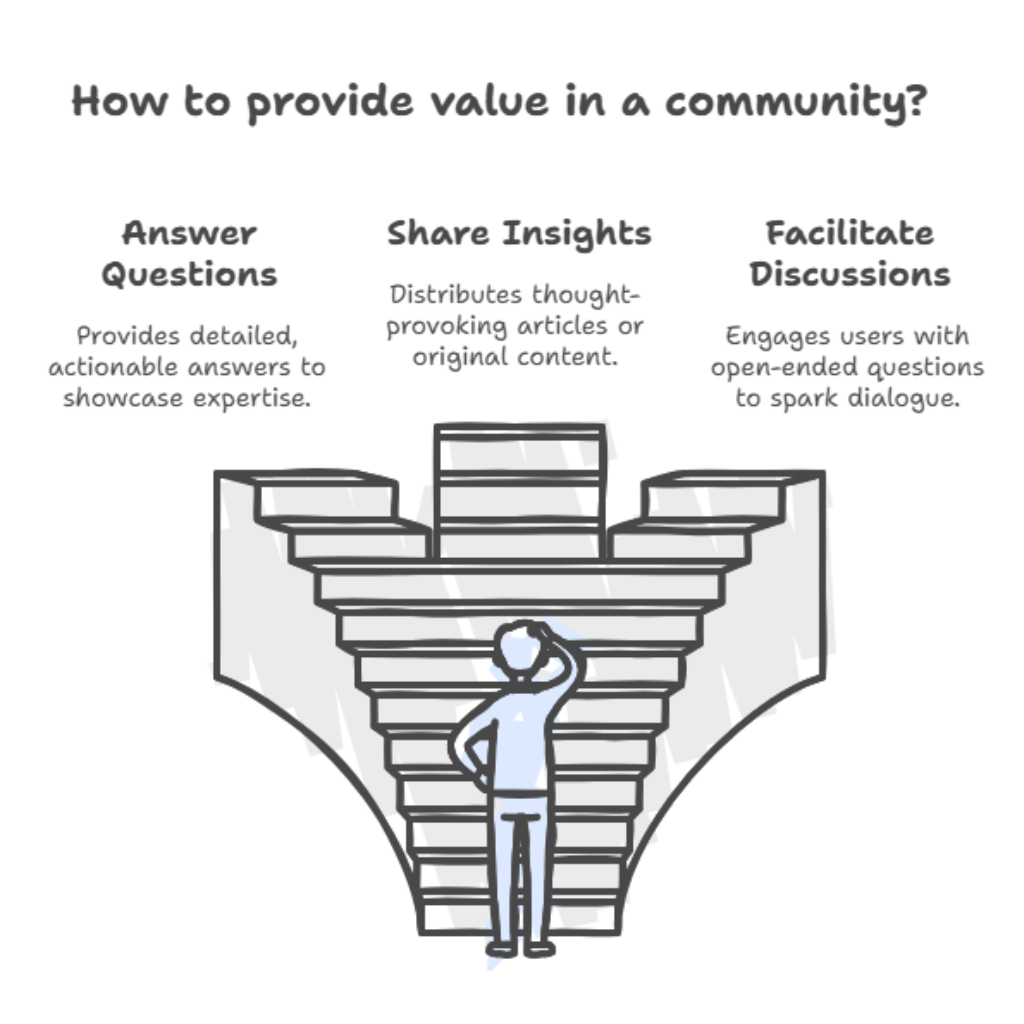
- Answer Questions: Scan for questions where your expertise can shine. Provide detailed, actionable answers.
- Share Insights: Post thought-provoking articles, case studies, or even your original content.
- Facilitate Discussions: Ask open-ended questions to spark engagement. For example, “What’s your biggest challenge in scaling your freelance business?”
For detailed strategies on turning group engagement into leads, explore The LinkedIn Lead Playbook.
Building Genuine Relationships:
- Engage consistently with others’ posts. A thoughtful comment can open the door to meaningful connections.
- Offer to connect with members you interact with often, but personalize your message: “Hi [Name], I really enjoyed your insights on [Topic] in [Group]. I’d love to connect!”
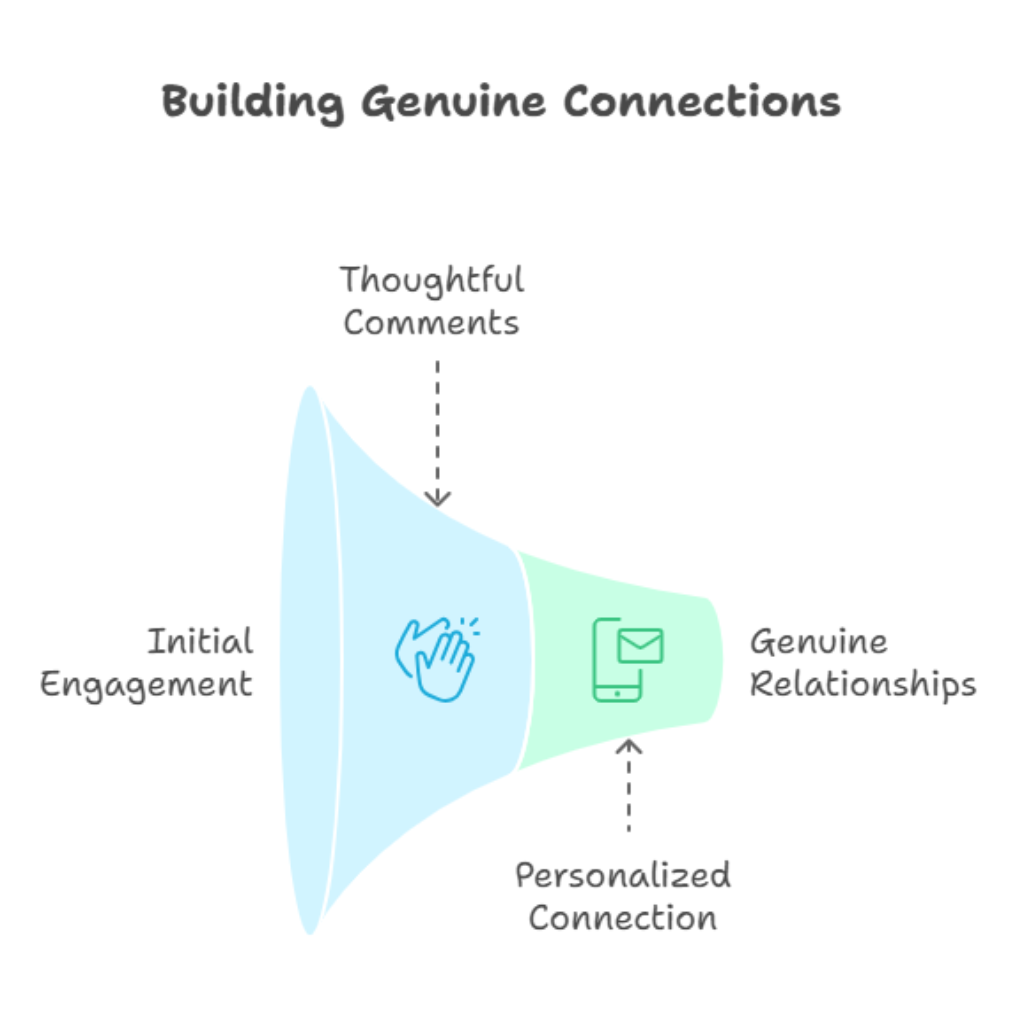
Avoiding Spammy Behaviors:
- Don’t post links to your services in every thread.
- Avoid generic comments like “Great post!” without adding value.
Step 3: Creating Your Own LinkedIn Group
Once you’ve established yourself as a thought leader, it might be time to create your own LinkedIn Group. Owning a group puts you in the driver’s seat, giving you unparalleled authority.
Step-by-Step Instructions:
- Go to Groups Section: On LinkedIn’s homepage, click “Work” and then “Groups.” Hit “Create a Group.”
- Choose a Name: Pick a name that’s niche-specific and keyword-rich, like “Freelance Designers Network.”
- Write a Clear Description: Clearly state the group’s purpose and who it’s for.
- Set Rules: Create guidelines to ensure productive, respectful discussions.
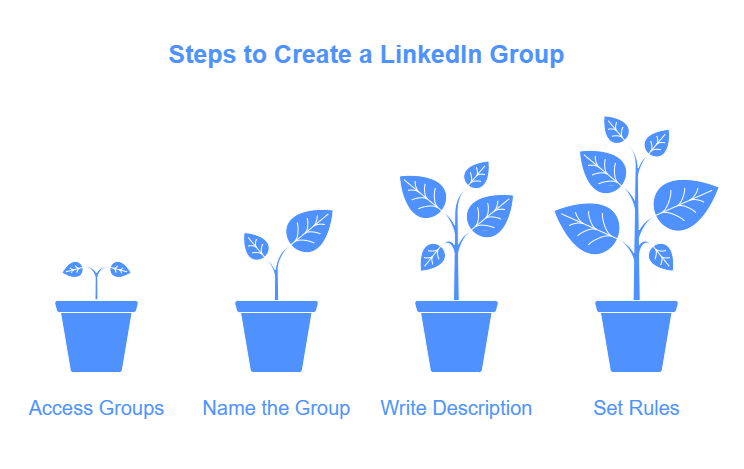
Attracting the Right Members:
Invite connections who fit your niche.
Promote your group in posts or other groups (but follow their rules!).
Share the link in your email signature or newsletter.
Fostering a Thriving Community:
Post welcome messages for new members.
Host live Q&A sessions or share exclusive content.
Highlight member contributions to encourage engagement.
For inspiration on content creation that drives engagement, check out The Ultimate Guide to LinkedIn Content Creation for B2B Lead Generation.
Conclusion
LinkedIn Groups are more than just networking spaces; they’re platforms for transformation.
They can elevate your visibility, establish your authority, and create genuine business opportunities when used strategically.
So, what are you waiting for? Start by joining a few groups, become a valuable participant, and consider creating your own community when the time is right.
The authority you’ve been striving for might just be one LinkedIn Group away.
